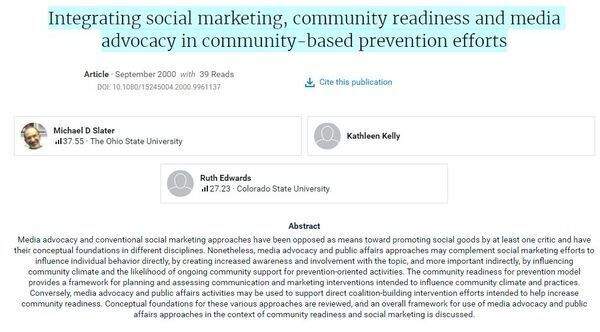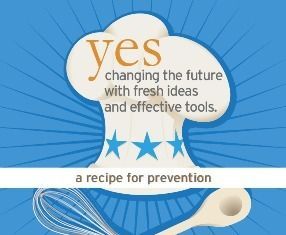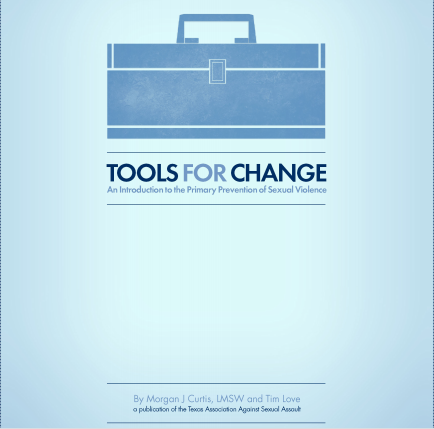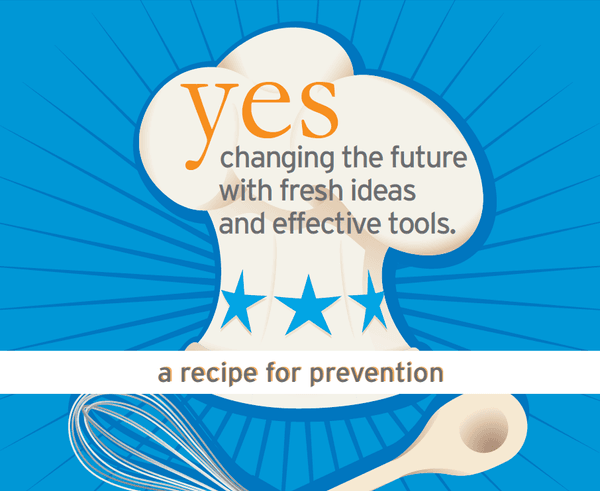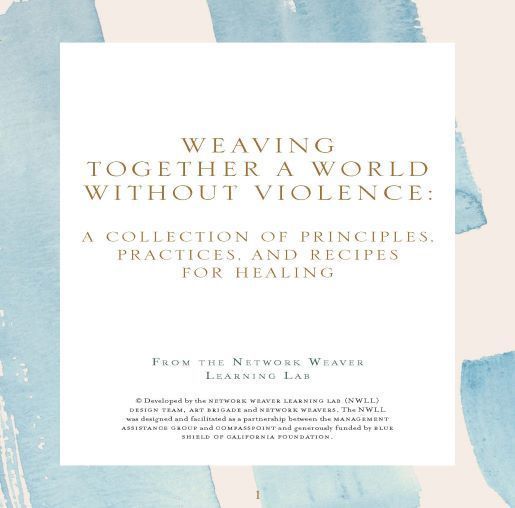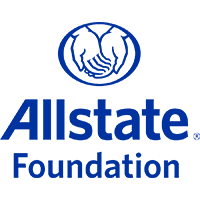-
This information packet provides guidance to prevention practitioners at local, state, tribal, territory, and national organizations to work more effectively toward the goal of eliminating sexual violence in their communities. There are six elements to the packet:
-
Media advocacy and conventional social marketing approaches have been opposed as means toward promoting social goods by at least one critic and have their conceptual foundations in different disciplines. Nonetheless, media advocacy and public affairs approaches may complement social marketing efforts to influence individual behavior directly, by creating increased awareness and involvement with the topic, and more important indirectly, by influencing community climate and the likelihood of ongoing community support for prevention-oriented activities. The community readiness for prevention model provides a framework for planning and assessing communication and marketing interventions intended to influence community climate and practices. Conversely, media advocacy and public affairs activities may be used to support direct coalition-building intervention efforts intended to help increase community readiness. Conceptual foundations for these various approaches are reviewed, and an overall framework for use of media advocacy and public affairs approaches in the context of community readiness and social marketing is discussed.
-
The high prevalence of drug abuse, delinquency, youth violence, and other youth problems creates a need to identify and disseminate effective prevention strategies. General principles gleaned from effective interventions may help prevention practitioners select, modify, or create more effective programs. Using a review-of-reviews approach across 4 areas (substance abuse, risky sexual behavior,
school failure, and juvenile delinquency and violence), the authors identified 9 characteristics that were consistently associated with effective prevention programs: Programs were comprehensive, included varied teaching methods, provided sufficient dosage, were theory driven, provided opportunities for positive relationships, were appropriately timed, were socioculturally relevant, included outcome evaluation, and involved well-trained staff. This synthesis can inform the planning and implementation of problem-specific prevention interventions, provide a rationale for multiproblem prevention programs, and serve as a basis for further research. -
A lighthearted way to explain the necessary ingredients for cooking up successful prevention efforts.
-
The tipping point is that magic moment when an idea, trend, or social behavior crosses a threshold, tips, and spreads like wildfire. Just as a single sick person can start an epidemic of the flu, so too can a small but precisely targeted push cause a fashion trend, the popularity of a new product, or a drop in the crime rate. This widely acclaimed bestseller, in which Malcolm Gladwell explores and brilliantly illuminates the tipping point phenomenon, is already changing the way people throughout the world think about selling products and disseminating ideas.
-
This resource highlights the differences between prevention, awareness, and risk reduction.
-
This recipe card is the product of an ongoing primary prevention branding campaign, YES: Changing the future with fresh ideas and effective tools, intended to deliver prevention concepts to communities and advocates in a concise and engaging manner, while framing prevention work as achievable and exciting.
-
This collection of principles, practices and recipes are intended to support others in creating healthier, more loving, and liberated relationships and communities.This book is a companion to the medicine cards which offer medicine in the form of invocations, reflections, and liberatory practices. The book provides more context and scope while the deck provides an interactive approach to shared learning. There are shared stories of network learnings and tools that you can use to deepen your network leadership principles.



